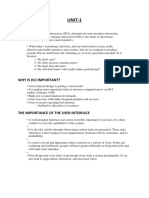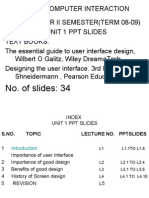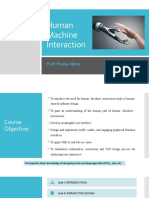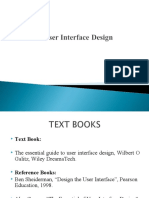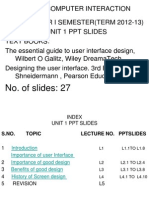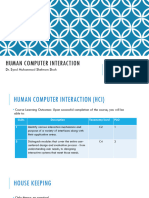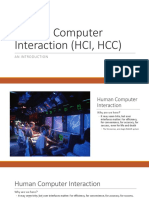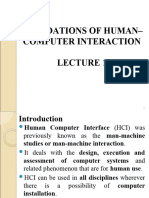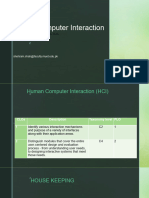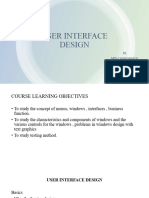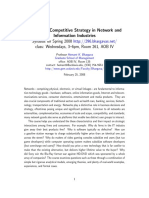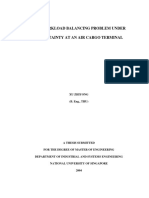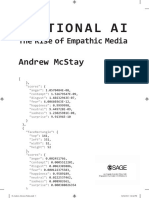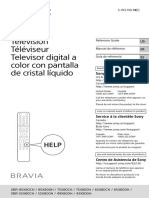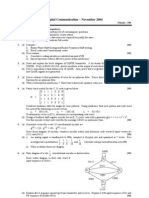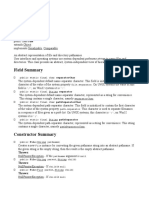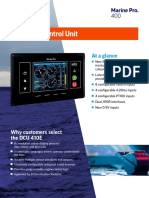0% found this document useful (0 votes)
6 views16 pagesHci Unit 1 Notes
Human-Computer Interaction (HCI) is the study of how people interact with computers, focusing on improving usability and user experience. The document discusses the importance of good design in user interfaces, the evolution of screen design, and the goals and methods of usability engineering. It emphasizes the need for user-centered design to enhance efficiency, effectiveness, and satisfaction in various applications across different domains.
Uploaded by
rajkirannaidu123Copyright
© © All Rights Reserved
We take content rights seriously. If you suspect this is your content, claim it here.
Available Formats
Download as PDF, TXT or read online on Scribd
0% found this document useful (0 votes)
6 views16 pagesHci Unit 1 Notes
Human-Computer Interaction (HCI) is the study of how people interact with computers, focusing on improving usability and user experience. The document discusses the importance of good design in user interfaces, the evolution of screen design, and the goals and methods of usability engineering. It emphasizes the need for user-centered design to enhance efficiency, effectiveness, and satisfaction in various applications across different domains.
Uploaded by
rajkirannaidu123Copyright
© © All Rights Reserved
We take content rights seriously. If you suspect this is your content, claim it here.
Available Formats
Download as PDF, TXT or read online on Scribd
/ 16










